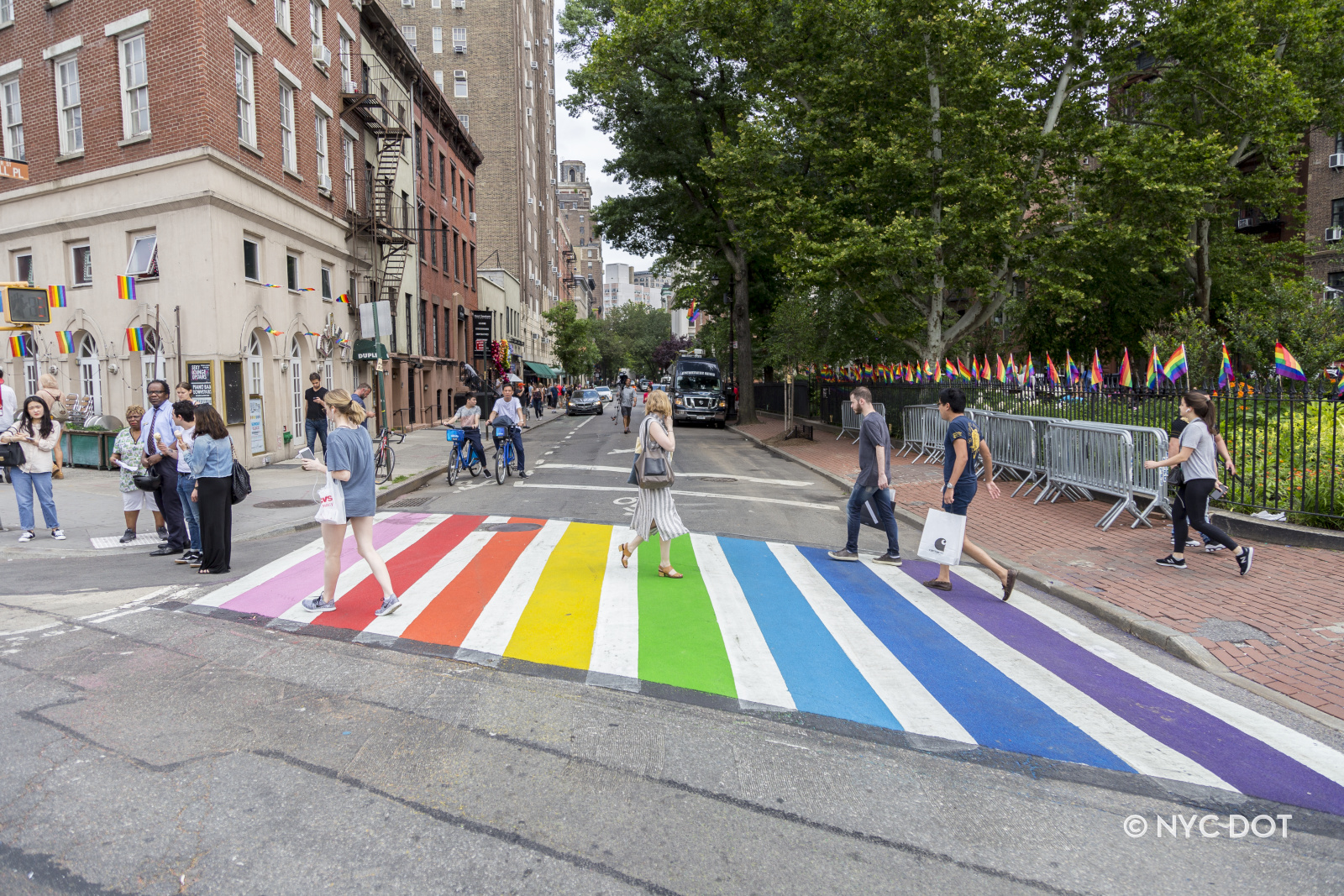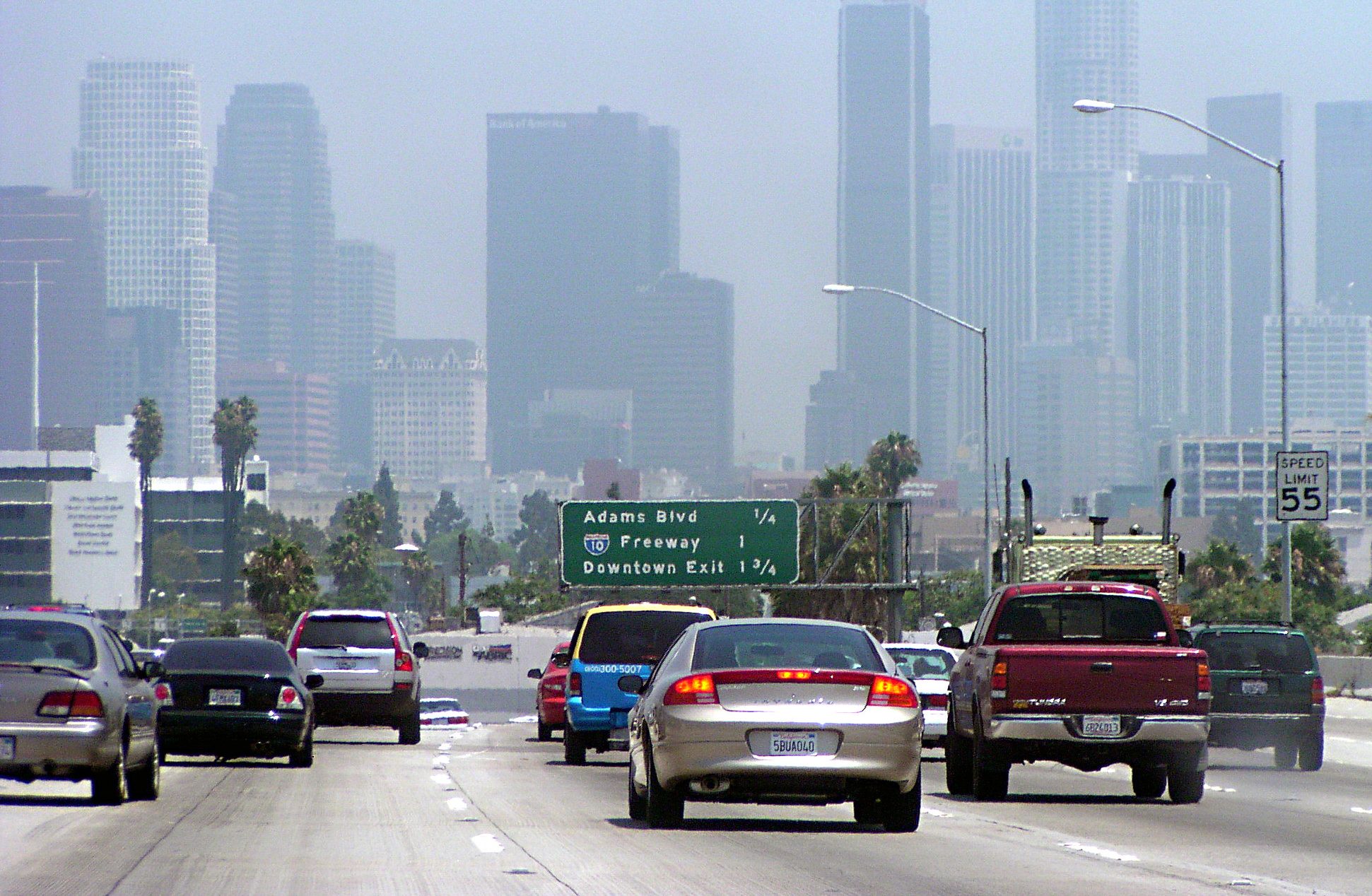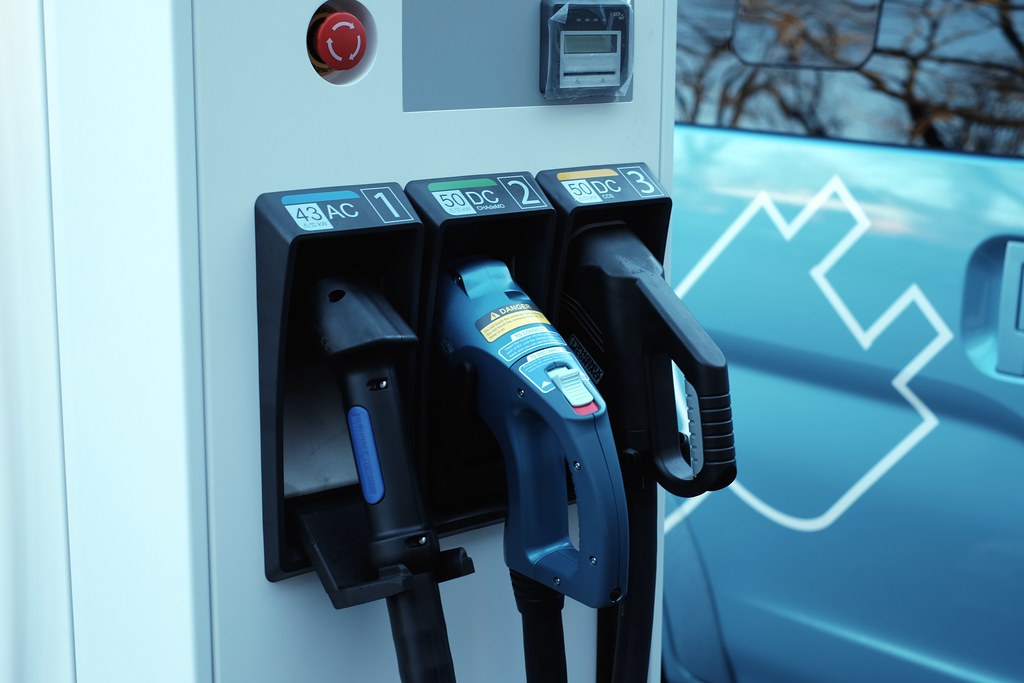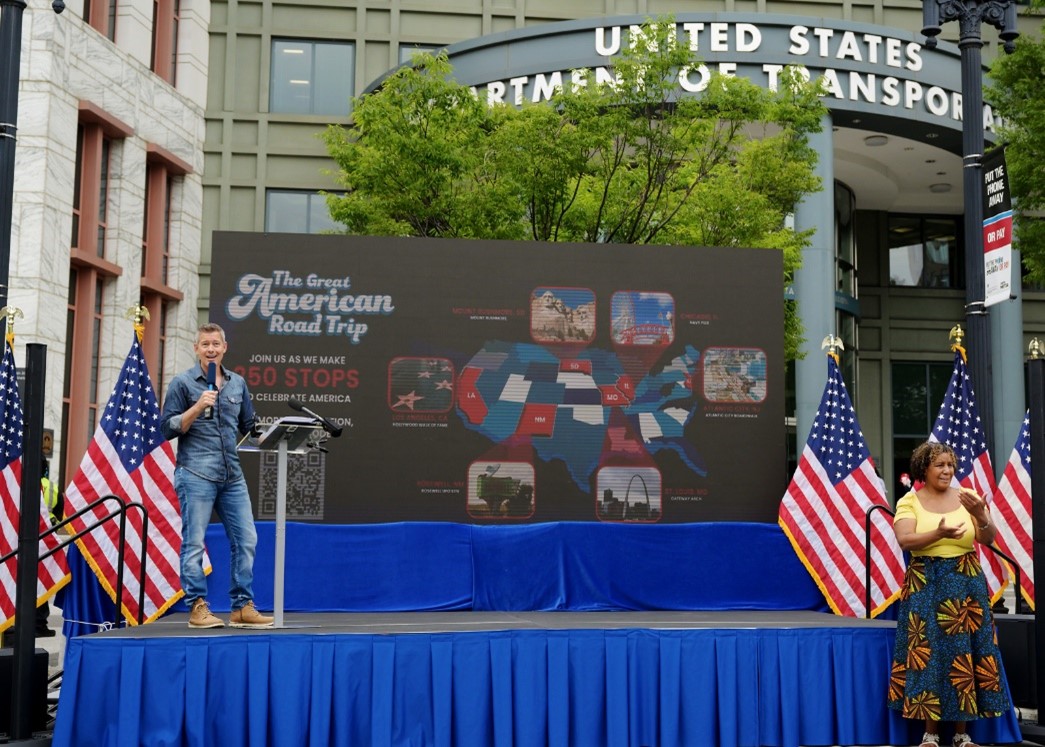- The omnibus spending bill signed by President Biden in December includes $27 million for walking and biking trails. Trail use is up 45 percent since 2019. (Route Fifty)
- Facing a deadline in California and other states to electrify its fleet, Uber is working with automakers to design lower-cost electric vehicles. (Wall Street Journal)
- Low-traffic neighborhoods actually reduce traffic and don't push it onto roads outside the boundaries, according to a UK study. (The Guardian)
- Houston's transit agency will vote this week on whether to rescue the city's financially trouble BCycle bike-share system. (Houston Public Media)
- Despite committing to Vision Zero, Denver's traffic deaths are trending in the opposite direction. (Westword)
- With North Carolina Republicans against letting Charlotte raise sales taxes to fund light rail, the city could either raise property taxes instead or do some horse-trading for wider freeways. (WFAE)
- The Kansas City Star editorial board is opposed to the Missouri DOT spending $859 million to widen I-70, arguing that the city has enough freeway lanes already and adding more won't help.
- File under: Why are U.S. transit projects so expensive? A mere 1.3-mile segment of Caltrain's extension into downtown San Francisco is now estimated to cost $6.7 billion. (San Jose Mercury News)
- The Chicago Sun-Times editorializes in favor of cameras to keep drivers out of bike and bus lanes.
- Milwaukee's FlexRide microtransit service is expanding into the suburbs. (Urban Milwaukee)
- Tampa Bay added two four-way stops and 10 crosswalks around a local high school. (CBS News)
- It's Mardi Gras time. Here's how to get around New Orleans without a car. (Times-Picayune)
Streetsblog
Tuesday’s Headlines Lace Up Their Sneakers
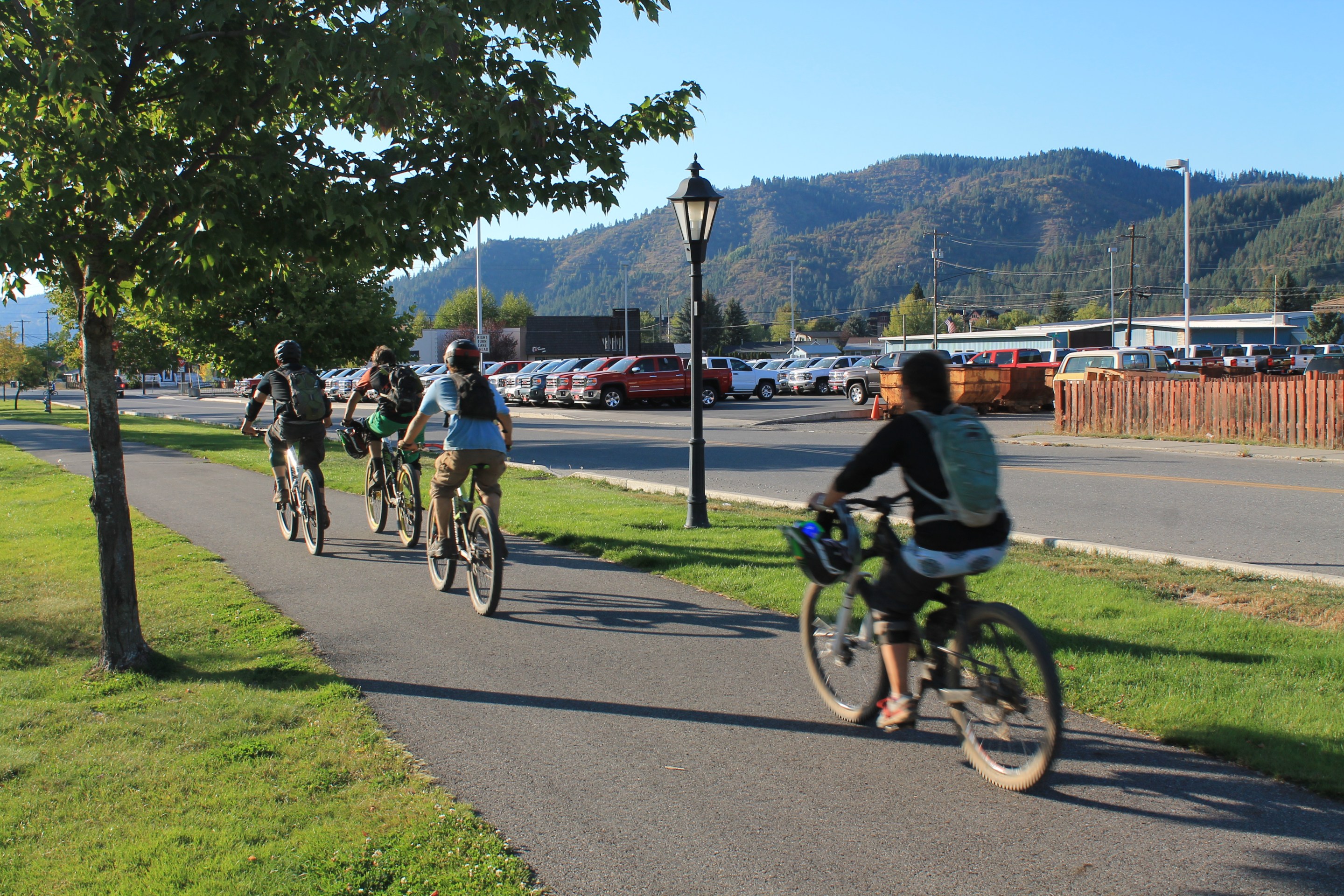
Biking on a trail in Kellogg, Idaho. Photo: Don Kostelec
Stay in touch
Sign up for our free newsletter
More from Streetsblog USA
Tuesday’s Headlines of Many Colors
Transportation Secretary Sean Duffy called rainbow crosswalks "a distraction" and called on cities to eliminate them.
Monday’s Headlines Are Big and Beautiful
The ginormous GOP tax and spending bill President Trump signed on July 4 will make the air dirtier, a lot of it from tailpipe emissions.
The Single Most Important Element In Creating Good Cities
A lot of U.S. cities are getting their "right of way" all wrong — and urbanists can help by getting to know this poorly-understood concept.
Thursday’s Headlines Are Charged Up for the Fourth
The Republican megabill is bad for the electric vehicle industry, but it could be worse.
Why is the Secretary of Transportation Begging Americans to Take More Road Trips?
Instead of making America easier to see on all modes, the US Department of Transportation is encouraging U.S. residents to just get in their cars and drive.
Wednesday’s Headlines Are for the Children
From mothers with babies in strollers to preteens on bikes, much of the U.S. is hostile to families just trying to get around without a car.
